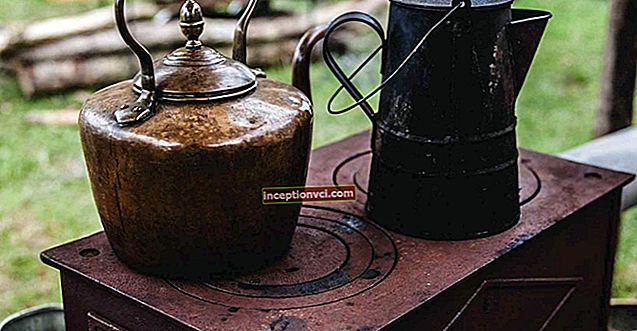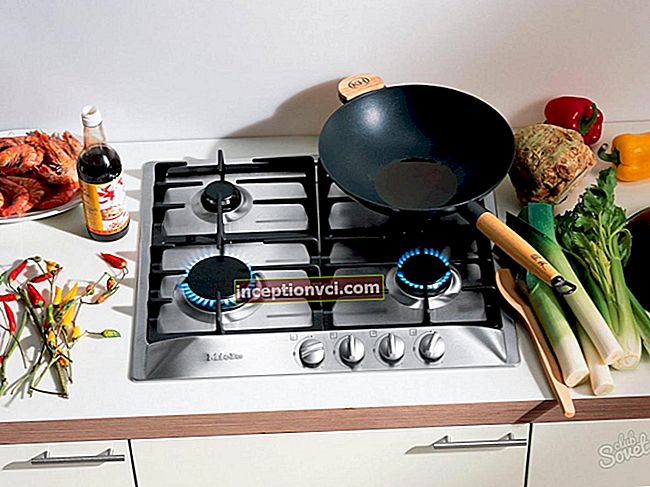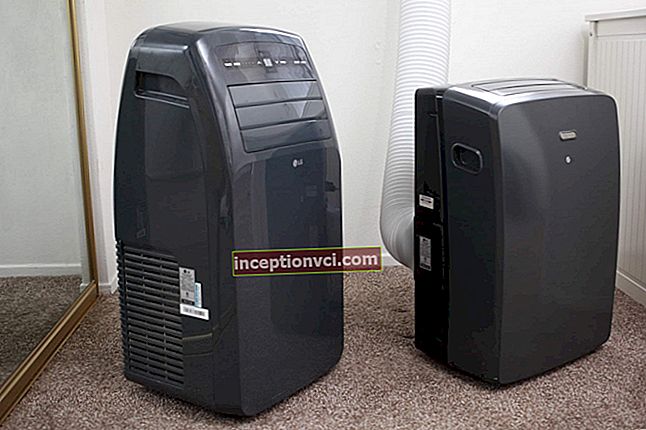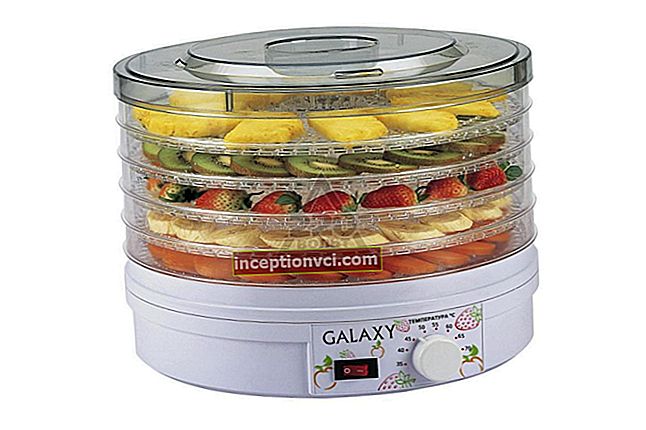Well-groomed, with a beautiful and interesting composition, the aquarium is admirable, its underwater life attracts and mesmerizes.
The aquarium will fit into any interior, any color scheme of the room, any design. The container itself for underwater inhabitants can be bought in a store, made to order or glued yourself, but the latter requires certain skills and knowledge.
An aquarium may only initially require serious financial investments for the purchase of the necessary equipment and interior design. Later - care and maintenance is reduced to a minimum investment of time and money. For many people who start aquariums at home, aquarium hobby becomes a real hobby. If there are children in the family, the aquarium is ideal to instill in the child a sense of responsibility, systematic care for its inhabitants, accuracy and curiosity in learning about the world around them.
Shape and size of aquariums
Aquariums come in all shapes and sizes. First, let's draw the readers' attention to the shape, often found in cartoons - spherical. In Italy, for example, such aquariums are generally prohibited, since the form gives torment to the fish living there. In fish in such aquariums, orientation and perception are disturbed, especially since the volume of such aquariums is usually not very large. And certainly such an aquarium is not for goldfish. Stores usually sell fry, and one adult fish needs at least 50 liters of water and proper care (far from being as easy as it seems). In addition, equipment cannot be aesthetically installed in a spherical aquarium - there is nowhere to hide it, it is all in plain sight, and without equipment, even the most elementary, it is impossible.
The classic form of a decorative aquarium is a parallelepiped. This shape is considered the best for an aquarium: all equipment can be hidden, sizes are very diverse. It is better if the width of the aquarium is equal to the height or more. With such proportions, it is easier to make an interesting design, as well as create optimal living conditions for the inhabitants of the aquarium. Tall aquariums (over 50 cm) are more difficult to enlighten - plants grow worse in them, it is more difficult to create a beautiful underwater garden, there is a lack of light, which can only be eliminated with special lamps (metal halide or nitrate). Tall aquariums are good for keeping cichlids in South America and Africa. It is best if the height of the tank is such that you can easily reach the bottom with your hand.
The volume of the container, which can be made of glass or plexiglass, can vary from a few liters to 2-3 m and more. When choosing a volume, it should be borne in mind that although small aquariums up to 20 liters have been very popular lately, certain skills are needed to care for them. An aquarium with a volume of 60-80 liters will be optimal for beginners. This is due to the fact that biological balance (a key factor in the beauty and health of aquarium inhabitants) is easier to establish and better maintained in large containers, and in small volumes it is easily disturbed, posing a threat to the very existence of the aquarium inhabitants.
To choose the right shape and size of the aquarium, you need to proceed from who will live there: higher aquatic plants and peaceful fish or large predatory fish, driftwood, stones.This is very important, since the future design of the aquarium and the selection of equipment depend on it.
The volume of the aquarium, its size and characteristics of the inhabitants are directly related to each other, therefore, before buying another fish, be sure to read the information about it in the reference book, because it is quite possible that an unscrupulous seller may sell fish that do not suit you at all, since they grow large and they need a large volume of water to live. The aquarium is the only place where the fish live, and the aquarist's task is to bring the living conditions as close as possible to natural ones.
Types of aquariums
There are several types of aquariums with vegetation, each of which is wonderful in its own way.
Dutch type aquarium, the so-called "Dutchman". This is a chic underwater garden, made taking into account a certain set of rules and parameters characteristic of this type.
Aquascape, or "natural aquarium". This trend in aquarium hobby was founded and developed by the famous Japanese photographer, naturalist and designer Takashi Amano. The style originates from the "Dutchman", but the main role here is sometimes played by the idea of composition and the unique charm of the Land of the Rising Sun. In this way, aquariums with a volume of more than 200 liters are rarely made, although for their fellow "Dutch" the larger the volume for the garden, the better. These two styles complement each other and you can choose what you like best.
Paludarium, or German aquarium. Its peculiarity lies in the fact that it is both a greenhouse and an aquarium at the same time, it can contain higher and lower plants, in submerged or air forms, which require a certain temperature regime and humidity.
In the above types of aquariums with vegetation, you can keep such fish that do not feed on plants.
But there is another type of aquarium, the so-called "cichlids", they contain fish endemic to the salty African lakes of Malawi and Tanganyika, as well as large South American cichlids, which destroy any vegetation in the aquarium. But their behavior (especially during the mating season), size and beauty, find ardent adherents of this trend.
Setting up the aquarium
So, you decided on the volume of the aquarium and the direction of its design, and went to buy your "piece" of nature. It is best to place the aquarium perpendicular to the window so that direct sunlight does not fall on it, otherwise the aquarium may turn green - an unpleasant and difficult-to-remove outbreak of algae will begin. Aquariums should also not be placed on windowsills, since they are quite heavy, and the problem of temperature drop near the window is added to the action of light, either hypothermia or overheating can occur, fraught with sad consequences.
Be sure to check that the surface on which the aquarium will stand is absolutely flat and horizontal, because any, even the slightest distortion, can turn into the fact that the glass will not withstand the pressure of the water and burst. Treat this part of the installation with due attention - you will never prove to the seller that he sold you a defective aquarium, because you yourself violated the operating conditions. After setting up the aquarium, you need to install the right equipment.
Equipment
The equipment of the aquarium depends on its specifics. Herbalists need high-quality and powerful light (usually at least 0.5 W / l), a suitable filter (canister, internal or airlift), a device for supplying carbon dioxide for better plant growth, a heater (the temperature range for different fish species varies from 18 to 31 ° C), thermometer. Overcrowded aquariums will also need a compressor to atomize oxygen, since, where a carbon dioxide plant is used, it is pointless to supply oxygen, especially since such aquariums contain little fish and the oxygen dissolved in the water produced by the plants is quite enough for their normal well-being.
To find out if there is enough oxygen in the aquarium, it is enough to observe the behavior of the fish: if, after a few hours or immediately after turning off the compressor, the fish begin to float to the surface, then you need to either reduce the number of fish, or leave the compressor running around the clock - the fish do not have enough oxygen.
For "cichlids" the set of equipment is about the same, with the exception of the carbon dioxide plant. Since there are no higher plants in "cichlids", there is simply no one to consume carbon dioxide.
Biological balance
Starting an aquarium (preparing it for the life of plants and animals) aquarists carry out in different ways. But the general rules are the same for different methods. The task is to achieve biological balance - the fundamental condition for maintaining health and beauty, the balance of all components of the aquarium: plants, fish, microorganisms, elements in the aquarium water is quite simple, if you adhere to simple rules and remember that you will need enough patience, because the aquarium does not like constant interventions.
After installing the aquarium and equipment, switching on and setting. starting the interior design. The first step is to fill in the soil. It is better to take rounded soil with a fraction of 2-4 mm, such a fraction is most suitable for plant growth, unlike too large, but on the other hand. it will not be too shallow, which can lead to caking and souring. Before pouring the soil into the aquarium, it should be thoroughly rinsed in running water from excess particles and dirt, until the water in the container with the soil becomes transparent. When filling up the soil into the aquarium, it is worth placing it from the far wall to the front wall at an angle in order, firstly, to place a beautiful composition, and secondly, so that the food and waste of the fish's vital activity accumulate in an open place, for more convenient removal.
After filling the soil, fill in water about 2/3 of the aquarium and let it stand for about two days, so that the chlorine disappears from the water. And after that, the fun begins. While the water settles, you can come up with the composition and design of your aquarium, pick up plants, draw a plan for their placement. I recommend that you carefully consider the selection of plants for the first time. It is worth choosing simple and unpretentious plants that will quickly help establish a balance in the aquarium and only then plant more complex and delicate plants in it. After planting the plants, add water to the edge. The next day you can plant snails and shrimps.
Now wait. At this time, life begins to "emerge" in the aquarium. At this time, the light is turned on for about 6-8 hours, the filter and the heater are working, it is still early for a carbon dioxide plant, it must be turned on after about 2 months, after the plants start to grow. A few days after planting the plants, the water will become cloudy and milky. There is nothing wrong with that - this is the usual and normal process of breeding ciliates-shoes. If you carried out the launch correctly and did not rush anywhere, within a few days the whiteness will pass and the water will become absolutely transparent. And now you can gradually plant the fish. It would be a mistake to buy fish first and then equip an aquarium. Well, that's all, it remains only to carefully observe the pets and feed them carefully.
A sign that a biological balance is present in the aquarium is absolutely transparent water without strong foreign odors, healthy plants and fish, and a small amount of algae. The process of establishing biological equilibrium can take some time, sometimes there are problems with the maintenance of the aquarium as a whole and its pets separately, so for their successful solution you should definitely consult the reference literature or experienced specialists.
Timely maintenance of the aquarium, regularly trimming the plants, changing the water, observing the health and behavior of the fish, you can ensure it a long life for many years.









